Meat Grinder Tips and Maintenance Guide
Introduction: What Is a Meat Grinder and Why Do You Need One?
A meat grinder is an essential tool for anyone who enjoys cooking or works in the food industry. It allows you to transform raw cuts of meat into freshly ground products, offering superior control over the texture, quality, and freshness of your ingredients. Whether you're crafting the perfect burger patty, making homemade sausages, or preparing ground meat for various recipes, a meat grinder ensures that you're working with the best possible meat. Its versatility makes it an invaluable addition to both home kitchens and commercial settings, giving you the ability to create customized blends and experiment with different textures and flavors.
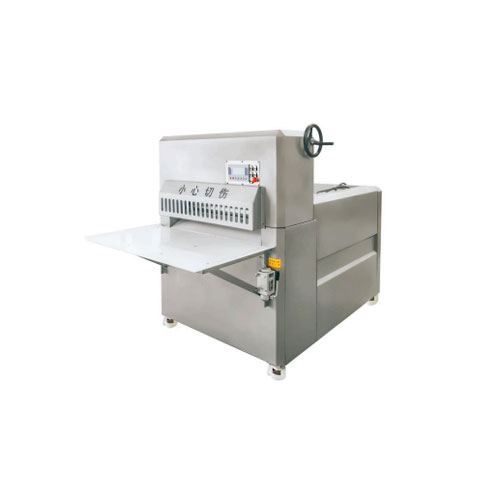
Types of Meat Grinders: Which One is Right for You?
Choosing the right meat grinder depends on your specific needs—whether you're grinding meat at home or for a business. Different grinders cater to different volumes, speeds, and functionalities, so understanding your requirements will help you make the best choice.
Manual vs. Electric: Key Differences Explained
Manual meat grinders are simple, cost-effective, and ideal for small batches. They require manual effort to turn the handle, which gives you more control over the process. These grinders are perfect for occasional home use. Electric meat grinders, on the other hand, offer faster performance with little effort. They’re powered by a motor, making them the right choice for larger batches or frequent use. The convenience and speed of electric grinders make them popular for those who process large volumes of meat.
Meat Grinders for Home Use: Compact and Convenient
For home kitchens, compact and easy-to-store meat grinders are essential. These models are typically lightweight, small, and affordable, designed for occasional use. They are capable of handling various cuts of meat and are ideal for those who want to grind meat for family meals without taking up too much space or spending too much money.
Commercial Meat Grinders: Power and Performance for Big Jobs
For businesses like butcher shops, restaurants, or food processing companies, commercial-grade meat grinders are indispensable. These grinders are built to handle larger volumes and tougher cuts of meat. With stronger motors, higher grinding capacities, and features designed for heavy-duty use, commercial grinders can process large quantities quickly and efficiently, saving both time and labor.
Key Features to Look for in a Meat Grinder
When purchasing a meat grinder, it’s essential to consider certain features that affect its performance, durability, and ease of use.
Motor Power: Why It Matters and How to Choose the Right One
The motor’s power determines how efficiently your grinder can process meat. A more powerful motor allows for smoother operation, especially when grinding tougher cuts or large volumes. For home use, a motor with around 300-500 watts should suffice, while for commercial use, a motor with 1 to 2 horsepower is recommended. Consider the power based on how frequently you grind meat and the types of cuts you plan to use.
Capacity and Size: Matching the Grinder to Your Needs
Grinders come in various sizes, which determine how much meat they can process at once. For home use, a grinder capable of processing 1 to 3 pounds of meat per minute is usually sufficient. For larger batches, look for commercial grinders that can handle upwards of 5 pounds per minute. Choose the size that fits your typical usage, whether you’re making ground beef for a week’s worth of meals or grinding large quantities for a business.
Materials and Build Quality: Durability and Hygiene Considerations
Grinders made from high-quality materials like stainless steel offer durability and are easier to clean, ensuring a longer lifespan and better hygiene. Stainless steel is corrosion-resistant, making it ideal for meat processing, where moisture is inevitable. Grinders with plastic components may wear out faster and are harder to sanitize, so it’s best to prioritize durability when making your choice.
How a Meat Grinder Works: Understanding the Basics
A meat grinder operates through a simple yet efficient mechanism that transforms solid cuts of meat into ground products. Understanding its basic parts can help you use the grinder effectively and avoid mistakes.
The Anatomy of a Meat Grinder: Parts and Functions
A meat grinder typically consists of a hopper, feed tube, auger, grinding plates, and a motor. The hopper holds the meat, the feed tube pushes it into the grinder, the auger moves the meat through, and the grinding plate determines the final texture. The motor powers the grinding action, whether manually or electrically.
How Meat Grinders Turn Meat into Perfectly Ground Products
When you feed meat into the grinder, the auger pushes it toward the grinding plates. Depending on the plate’s hole size, the meat is ground into different textures. Smaller holes create a finer grind, while larger holes provide a coarser texture. The motor or manual effort ensures smooth, consistent processing.
Choosing the Right Meat for Grinding: Tips for Success
Not all cuts of meat are ideal for grinding, so selecting the right cuts will ensure the best flavor and texture for your dishes.
Best Cuts of Meat for Grinding: Maximizing Flavor and Texture
Beef cuts like chuck, round, or brisket are ideal for grinding, as they have a good balance of lean meat and fat. Pork shoulder is excellent for sausage-making, while lamb and veal offer distinct flavors. For chicken, thighs or legs are better than breasts, as they provide more flavor and fat content.
Bone-In vs. Boneless: What You Need to Know
While boneless cuts are easier to grind, grinding meat with bones can be more challenging. Bone-in cuts require a stronger grinder and might cause jams. It's usually best to use boneless cuts for a smoother, more consistent grind.
Fat Content: The Secret Ingredient for Juicy Ground Meat
Fat is essential to ground meat’s flavor and texture. A good ratio is around 80% lean meat to 20% fat, which ensures juicy, flavorful ground meat. Fat enhances the grind’s texture, preventing it from becoming dry or crumbly.
How to Use a Meat Grinder: Step-by-Step Guide
Setting Up Your Meat Grinder: Safety First
Before using your grinder, ensure it’s properly assembled. Double-check that all parts are securely in place and that the motor or handle functions correctly. If using an electric model, confirm that the power cord is plugged in and that the grinder is ready to operate.
Preparing Meat for Grinding: Cutting, Chilling, and Tips for Efficiency
Cut meat into small, uniform pieces to ensure even grinding. Chill the meat in the freezer for about 30 minutes before grinding to make the process smoother. Cold meat will grind more easily, preventing it from smearing and producing a cleaner, firmer texture.
Operating the Grinder: Getting the Perfect Grind Every Time
Turn on the grinder (or start cranking if it’s manual), and feed the meat slowly into the hopper. Be patient, as feeding the meat too quickly can cause jams or uneven grinding. Adjust the plate size based on the texture you want—fine, medium, or coarse.
Common Meat Grinding Mistakes and How to Avoid Them
Overloading the Grinder: Why Patience Pays Off
Putting too much meat in the grinder at once can cause it to jam or malfunction. Feed meat in small batches to ensure smooth, efficient grinding.
Using the Wrong Meat: Effects on Texture and Taste
Grinding tough cuts or overly lean meats can result in a poor texture and flavor. Always use cuts with the right fat content for the best results.
Not Cleaning Properly: The Key to Long-Term Performance
Neglecting to clean your grinder properly after each use can lead to bacteria buildup and a decrease in performance. Regular cleaning will ensure your grinder stays in top working order for years.
Cleaning and Maintaining Your Meat Grinder
Why Regular Cleaning is Essential for Hygiene and Functionality
Cleaning the grinder after each use prevents the growth of bacteria and keeps it in good condition. Meat residue can build up in the grinder, affecting its performance and hygiene.
Step-by-Step Cleaning Instructions for Both Manual and Electric Grinders
For manual grinders, disassemble and wash each part with warm soapy water. For electric grinders, unplug the unit before cleaning. Use a damp cloth to wipe the motor and a brush to remove any stuck meat.
Troubleshooting Common Issues: How to Keep Your Grinder Running Smoothly
Grinders may occasionally encounter issues, but many common problems can be solved quickly with a little troubleshooting.
Meat Grinder Attachments: Unlocking Extra Features
Sausage Stuffing: How to Turn Your Grinder Into a Sausage-Making Machine
With the right attachments, your grinder can double as a sausage stuffer, allowing you to create your own sausages at home. A sausage stuffing tube attaches to your grinder, making the process easy and efficient.
Grinding for Different Textures: Using Different Plates for Fine, Medium, and Coarse Grinds
Meat grinders typically come with different plate sizes, allowing you to choose between fine, medium, or coarse grinds. Swap out the plates to customize the texture of your ground meat based on your recipe’s needs.
Bonus Attachments: Grinding Veggies, Making Breadcrumbs, and More
Some grinders come with extra attachments for grinding vegetables, making breadcrumbs, or even pasta. These versatile features make your grinder a multi-purpose kitchen tool.
Meat Grinder Safety Tips: Handling With Care
Avoiding Injuries: Best Practices for Safe Operation
Always keep your hands clear of the feed tube and moving parts while the grinder is in operation. Ensure that children and pets are kept away from the grinder during use.
Storing Your Meat Grinder Properly: Keeping It Clean and Accessible
After each use, thoroughly clean your grinder and store it in a dry, cool place to prevent rust and ensure easy access for future use.
Health and Safety Considerations When Using a Meat Grinder
Ensuring Proper Hygiene: Handling Raw Meat Safely
Always use gloves when handling raw meat, and sanitize all parts of the grinder before and after use to maintain hygiene standards.
Avoiding Cross-Contamination: Best Practices for Food Safety
Clean your grinder thoroughly between different types of meat to avoid cross-contamination. Store raw and ground meats separately to prevent bacteria transfer.
Meat Grinder Versus Pre-Ground Meat: Why Grinding at Home is Better
Freshness: The Flavor Difference Between Freshly Ground and Pre-Packaged Meat
Grinding meat at home guarantees that you’re working with the freshest product, preserving the full flavor and texture of the meat.
Control Over Texture and Quality: Customizing Your Grind
Grinding at home gives you full control over the grind’s texture, allowing you to create a custom blend based on your needs, whether for burgers, sausages, or meatballs.
Cost Efficiency: Why Grinding Your Own Meat Can Save You Money
By grinding your own meat, you can save money in the long run. Purchasing whole cuts of meat is often more affordable than buying pre-ground products, and you get more control over the meat’s quality.
How to Grind Different Types of Meat
Beef, Pork, Chicken: Grinding Specific Cuts for Best Results
Beef and pork cuts like chuck and shoulder are ideal for grinding. For chicken, thighs and legs are best due to their higher fat content. Always consider the fat content for the best results.
Grinding Fish, Game Meat, and Exotic Meats: Special Considerations
Fish, game meats, and exotic meats require slightly different handling due to their unique textures. Freezing them beforehand can help ensure an even grind.
Vegan and Vegetarian Alternatives: Grinding Plant-Based Ingredients
For those following a plant-based diet, meat grinders can also be used to grind vegetables, beans, and other plant-based ingredients to create vegan-friendly patties and sausages.
How to Make the Most of Your Ground Meat: Recipe Ideas
Homemade Burgers: Crafting the Perfect Patties
Use freshly ground beef to create juicy, flavorful burgers. Add your favorite seasonings, and mold into patties for grilling or pan-frying.
Meatballs, Sausages, and More: Delicious Recipes You Can Create
Ground meat is versatile—use it to create meatballs, sausages, or even ground meat tacos. Experiment with different seasonings and recipes for endless variety.
Creative Uses for Ground Meat: Beyond the Basics
Beyond burgers and sausages, ground meat can be used in casseroles, stuffed vegetables, pasta dishes, and even pies. The possibilities are endless!
Meat Grinder Buying Guide: What to Consider Before You Buy
Budget Considerations: Choosing a Grinder That Fits Your Needs
Meat grinders range from budget-friendly manual models to high-end commercial versions. Consider how often you’ll use the grinder and what tasks you’ll be doing to find the right one for your budget.
Features to Look for Based on Usage: Home vs. Commercial
If you're buying for a home kitchen, look for compact, efficient models. For commercial use, prioritize power, speed, and larger capacities to meet business demands.
Brand Recommendations: Trustworthy Meat Grinder Brands for Quality and Performance
Brands like KitchenAid, Cabela’s, and LEM are known for their high-quality meat grinders that offer durability, efficiency, and ease of use.
Top Meat Grinder Models on the Market
Our Picks for the Best Manual Meat Grinders
Manual grinders like the Weston Manual Meat Grinder are ideal for home cooks seeking a simple and affordable tool for small tasks.
Best Electric Meat Grinders: Power and Efficiency in One
Electric models like the STX Turboforce or the Sunmile SM-G31 deliver consistent power, efficiency, and versatility for both home kitchens and small businesses.
Comparing Prices, Features, and User Reviews
When choosing a grinder, always compare prices and user reviews. Consider the features most important to you, like motor power, size, and attachments.
Troubleshooting Meat Grinder Problems
Common Issues: When Your Grinder Isn’t Working Right
If your grinder is jammed, or not grinding properly, it could be due to a number of reasons, including overloading, clogging, or using the wrong meat.
How to Fix a Jammed Meat Grinder: Quick Fixes and Maintenance Tips
Unclogging a meat grinder requires patience—disassemble the parts, remove the blockage, and reassemble it before continuing. Regular maintenance will help avoid these issues.
What to Do if Your Grinder Won’t Start: Simple Solutions
If your electric grinder isn't starting, check the power supply, make sure the motor isn't jammed, and ensure all parts are properly assembled.
How to Extend the Life of Your Meat Grinder
Routine Care and Maintenance Tips to Maximize Longevity
Regular maintenance, such as lubricating the moving parts, keeping it clean, and storing it properly, will extend the life of your grinder.
Storing Your Grinder: Keeping It in Top Condition Between Uses
Store your grinder in a cool, dry place and keep it disassembled to avoid rust or damage. Cleaning it before storage is also essential.
The Future of Meat Grinders: Innovations and Trends
How Technology is Shaping the Meat Grinding Industry
Smarter, more efficient grinders with quieter operations, energy-saving features, and even automation are transforming how we grind meat.
Sustainable Practices in Meat Grinding: Eco-Friendly Options
Eco-conscious grinders are being developed to reduce energy consumption and waste, promoting sustainability in food processing.
Conclusion: Getting the Most Out of Your Meat Grinder
With the right equipment, proper techniques, and ongoing maintenance, a meat grinder offers countless culinary possibilities, from homemade burgers to sausages and beyond. Whether you’re a home cook or running a commercial kitchen, investing in a quality grinder can elevate your meals, save you money, and ensure the freshest meat for every dish.
Must-Read Blogs For Chain Restaurants Owner








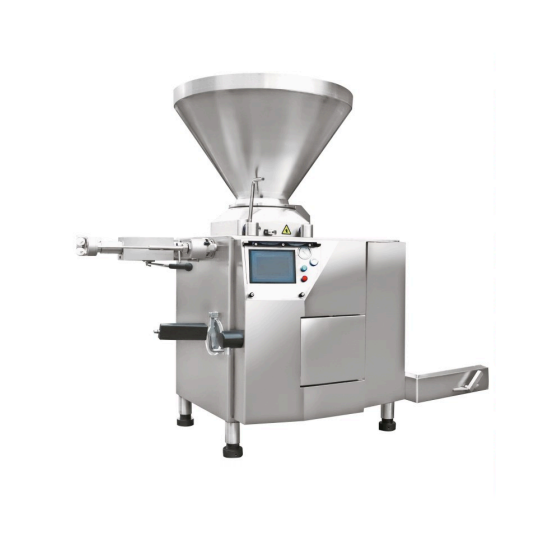
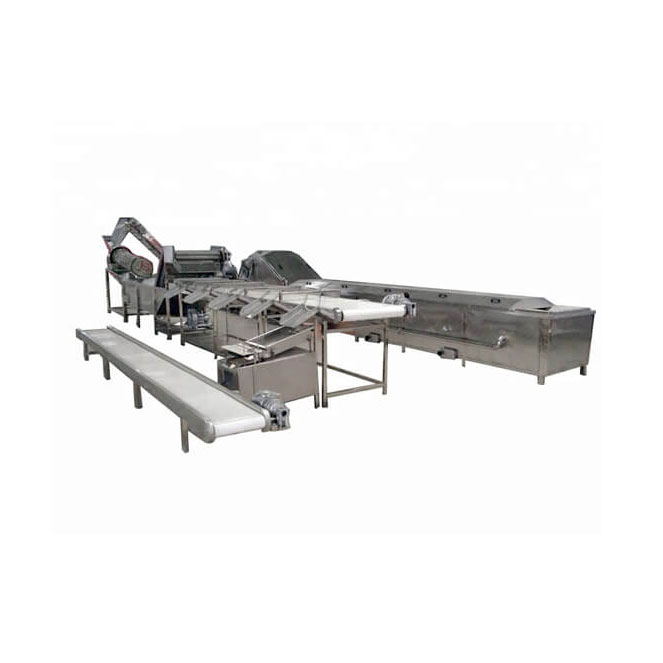
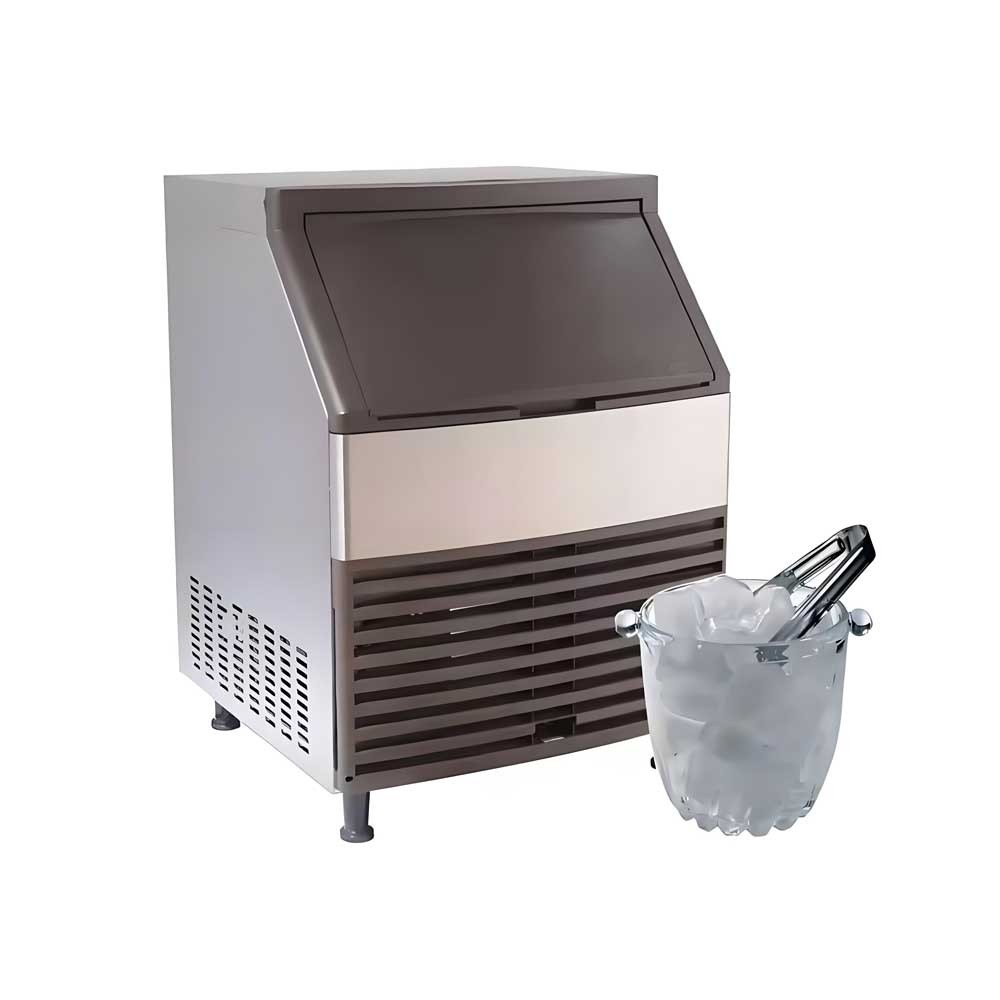
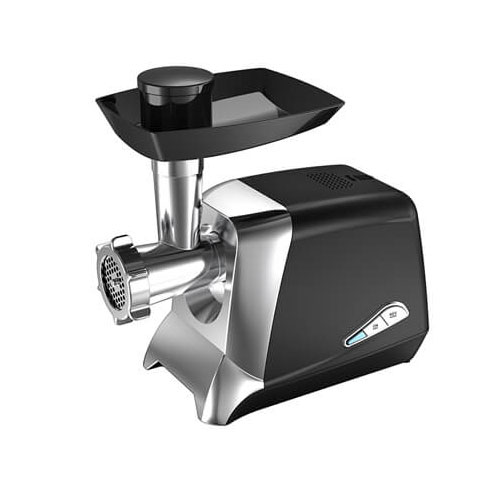 Household Meat Grinder
Household Meat Grinder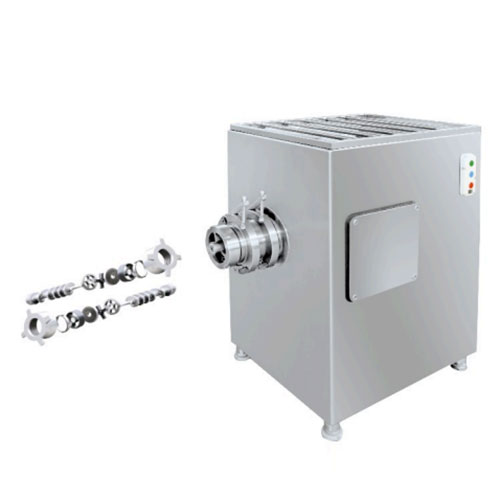 Frozen Meat Grinder
Frozen Meat Grinder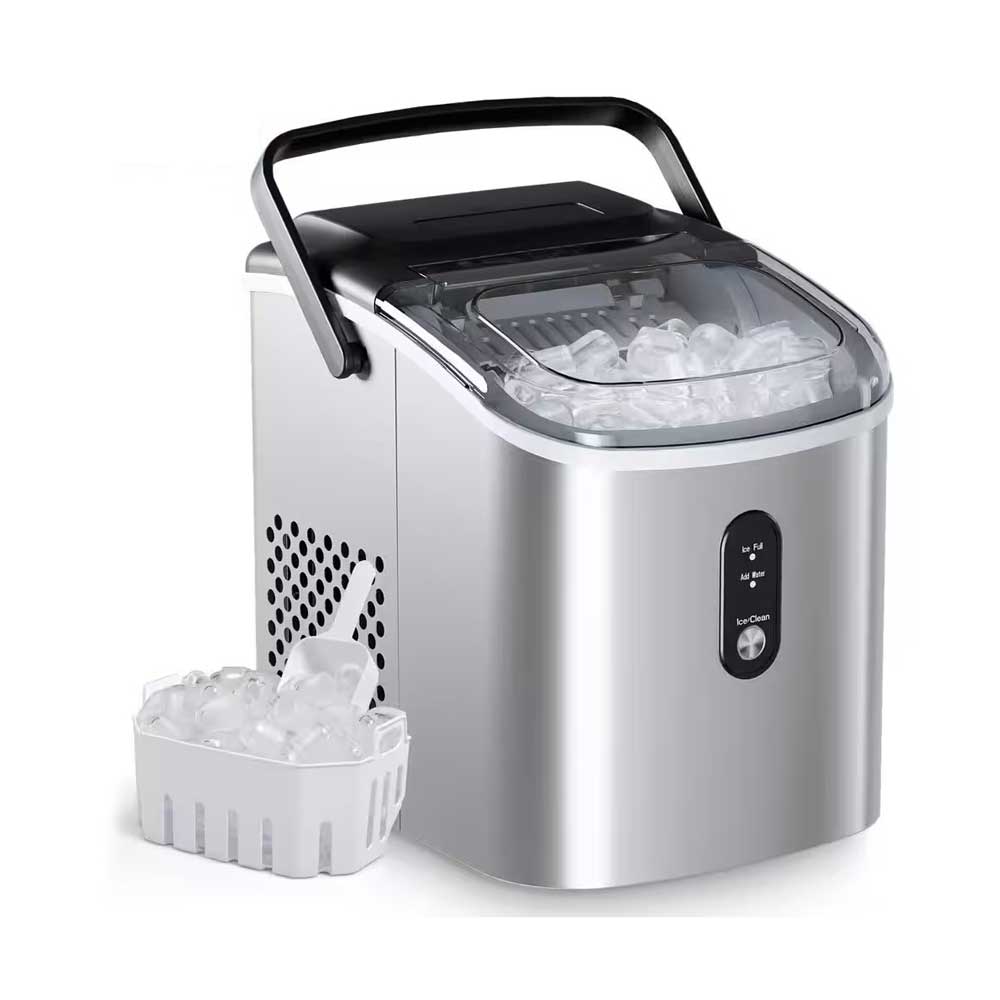 Portable Flake Ice Machine
Portable Flake Ice Machine
Ready to Get Started?